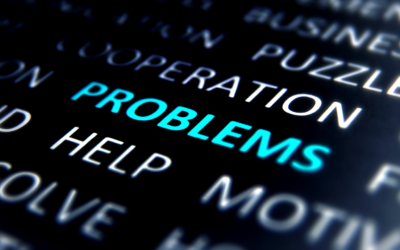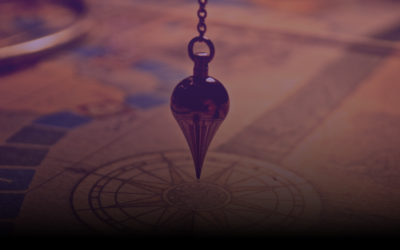
It’s an outdated concept: entrepreneurs who believe that all they need to know about their companies’ finances is revenue and expenses are fooling themselves. Those who want insight into the true strength of their company are familiar with their balance sheet and the crucial financial evaluation it facilitates.
Getting started
The Balance Sheet is a tool for investigating the vital signs of your business. But before you start taking Balance Sheet health readings, you have to know what signals to evaluate; it’s essential to know the components of this financial report.
The three key areas on a Balance Sheet are assets, liabilities, and equity. Accounts in these sections show the balances as of the date of the Balance Sheet.
Assets are what the business owns, liabilities are what it owes, and equity is simply the difference between the two, the so-called net worth of the operation. When your business makes a profit or borrows funds, or you reinvest through a cash infusion, the money from these sources goes into some asset, such as cash. This balances against the increasing new worth or liability.
Further breakdown of assets and liabilities distinguishes their life span. Current assets are cash and things that can be quickly converted to cash, such as accounts receivable and inventory.
Items that are expected to stay on the Balance Sheet for more than a year are fixed assets, like machinery and computers. Similarly, current liabilities are payable in less than one year, while long-term liabilities come due in more than one year.
What’s important
Lots of current assets, such as cash, are generally considered an indicator of Balance Sheet strength. However, current assets, including growing inventory or accounts receivable, must be supported by higher sales. Businesses that require plenty of equipment find their depreciated value on the Balance Sheet. Accumulated depreciation is a negative asset that lowers the net value of fixed assets.
If your company is paid immediately by customers and has no need for inventory or equipment, the asset component of your Balance Sheet is nothing more than a bank account. At the same time, the operation is certain to have some liabilities.
A large amount of debt is typically a sign of trouble. A substantial amount of current liabilities ultimately will lead to serious problems. These are typically incurred by small businesses as credit card debt, sales tax owed, and payroll taxes payable.
A few simple key ratios can establish Balance Sheet strength. First is the current ratio, which is current assets divided by current liabilities. Aim for a result of 1.5 or higher.
Another fundamental gauge is the ratio of liabilities to equity. A strong Balance Sheet will have much less debt than equity, thus yielding a ratio well below 1.
Many other measurements are helpful, and some are particularly applicable to specific industries. Discussing the health of your Balance Sheet with your accountant will lead to the ongoing examination of your business from a new, and ultimately very helpful, perspective.
NextVision Sales Institute
Learn more about how NextVision Sales Institute can help your sales organization understand the fundamentals of financial statements and how to leverage them in closing more business at www.NV-SI.com or email us at in**@nv***.com to set-up a consultation.






